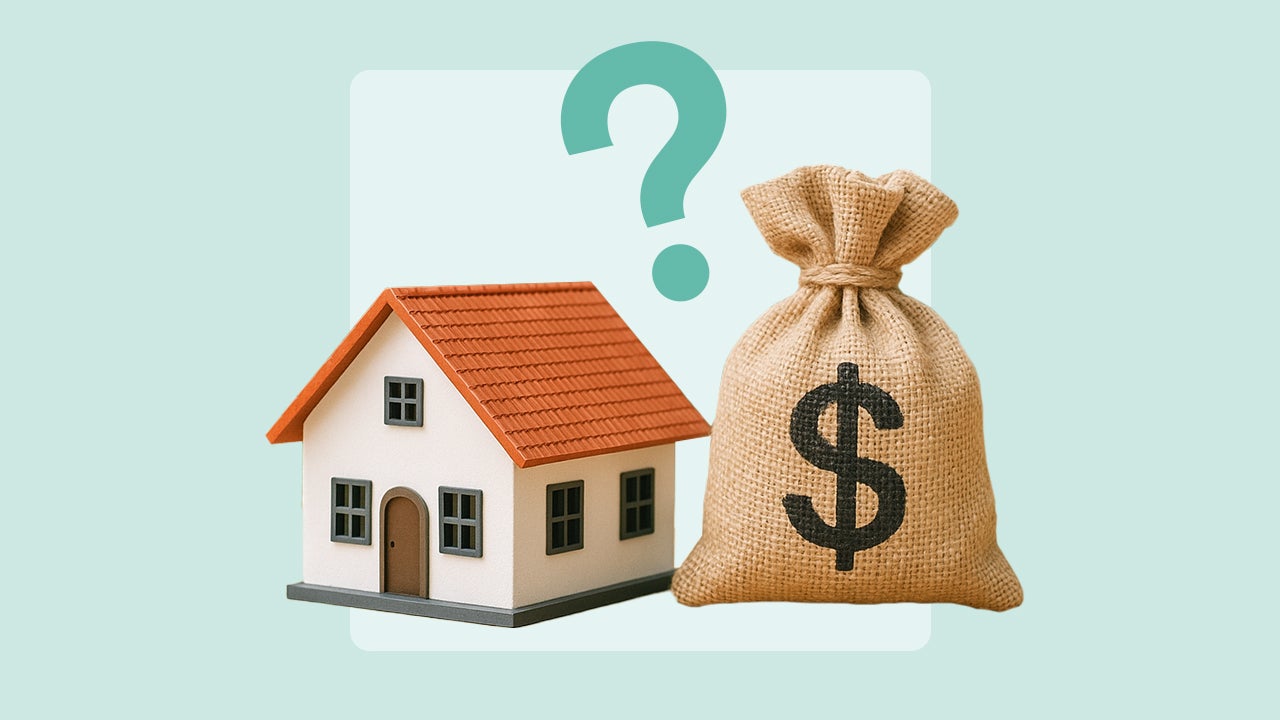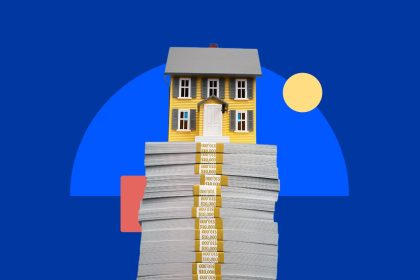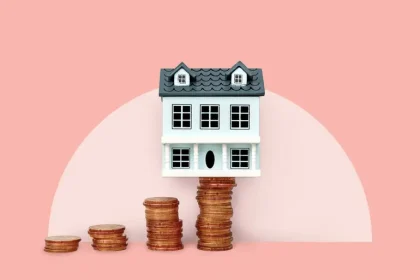Illustration by Clint Branch/Bankrate
Key takeaways
- There’s generally no limit to the number of times you can refinance your mortgage, although some lenders require a waiting period between refinances.
- If you qualify for a lower interest rate, refinancing can save you thousands — but if you do it multiple times, closing costs can cancel out the savings.
Refinancing your home can be an effective way to save money on your mortgage, but as with many financial decisions, timing matters. If you took out a mortgage in the past few years with a plan to refinance, you may be wondering how to respond to stubbornly high mortgage rates. If you refinance now and rates drop further, is it worth refinancing again?
There’s no official limit to how often you can refinance your mortgage, but repeating the process too often can be costly and counterproductive. Here’s how to decide.
How often can you refinance your home loan?
As long as you qualify, you can technically refinance as many times as you want — with one major caveat.
Lenders often require a waiting period between refinances, known as a seasoning period, which often lasts around six months. This gives your lender time to assess your payment history before approving another refinance.
How soon can you refinance a mortgage?
The seasoning period required for refinances varies by loan type:
- Conventional loans: Lenders typically require a waiting period of at least six months in your current loan before refinancing, especially for cash-out refinances. You may have some flexibility, though, if you’re refinancing with a new lender.
- FHA streamline refinance: Borrowers must wait at least 210 days from the closing date of their current FHA loan to refinance it under the program. They must also have waited at least six months from the first payment due date and have made six consecutive, on-time monthly payments prior to applying.
- FHA cash-out refinance: Homeowners must have owned the property for at least 12 months before they can take cash out using an FHA refinance.
- VA streamline refinance: Also known as an Interest Rate Reduction Refinance Loan (IRRRL), this option requires borrowers to wait until 210 days have passed since their first mortgage payment came due, and they’ve made six consecutive monthly payments.
- VA cash-out refinance: At least 210 days must have passed after loan closing before a borrower can apply for a VA cash-out refinance.
Should you refinance your mortgage more than once?
You can refinance your home more than once, and many homeowners do. But just because you can doesn’t mean you should. Refinancing repeatedly can chip away at your savings, especially once you factor in closing costs and other fees.
Reasons to refinance
There are many strategic reasons why you might want to refinance your mortgage:
- Lower your interest rate: Refinancing to secure a lower refinance rate can reduce both your monthly payment and your total interest, assuming you don’t extend your loan term. You may be able to lower your rate if interest rates have decreased since you first took out your loan or if your credit score has improved.
- Switch loan types: Refinancing from an adjustable-rate mortgage (ARM) to a fixed-rate loan can provide more stable monthly payments and long-term financial predictability, especially in a rising rate environment. Similarly, refinancing from a FHA loan to a conventional loan can eliminate the need to pay mortgage insurance premiums if you’ve built up enough equity in your home.
- Shorten the loan term: Moving from a 30-year to a 15-year mortgage can help you build equity and pay off your house more quickly. While this typically raises your monthly payment, it reduces your total interest paid over the life of your loan.
- Tap into equity: A cash-out refinance lets you access some of your home equity to cover large expenses, such as home renovations, education costs or debt consolidation. These loans often carry higher interest rates than standard refinances.
- Lower your monthly payment: If you’re struggling with your current payments or need more financial flexibility, refinancing to a longer term could reduce what you owe each month — though you’ll pay more in interest overall.
Important considerations before refinancing again
Refinancing more than once can make sense in certain situations, but before you do, weigh the costs involved.
- You must re-qualify. Refinancing isn’t automatic. You’ll have to qualify for a mortgage again, which can be time-consuming. In addition, if your credit score has decreased or your debt-to-income ratio has risen since your last mortgage refinance, you may not qualify for a new loan or favorable interest rates. A weaker financial profile could cancel out your savings.
- You’ll need to pay closing costs again. Closing costs can add up to 5 or 6 percent of your loan amount. This is money you must recoup before you can reach the break-even point and actually benefit from your refinance. The longer you remain in your home after reaching your break-even point, the greater the financial benefits of refinancing.
- You might face a prepayment penalty. While prepayment penalties are less common today, your lender may charge a fee for paying off your mortgage early with a refinance loan. Check the terms of your current loan before refinancing.
Calculating the cost of refinancing multiple times
Because of the costs involved, you’ll want to carefully consider each additional refinance. Do the math to figure out how long it will take you to save money from the refinance after paying the upfront fees. These typically include:
- Application fee
- Loan origination fee
- Appriasal fee
- Title search and insurance
- Credit report fee
- Recording fees
- Escrow or attorney fees
- Prepaid interest
- Taxes
Example: Refinance costs
Here’s a simple example of how the costs of multiple refinances add up over time.
First refinance
You refinance a $300,000 mortgage from 7.0 percent to 6.25 percent, reducing your payment by about $149 per month. If closing costs are 3% ($9,000), your break-even point is just over five years.
| Loan balance | New rate | Monthly savings | Closing costs | Break-even period |
| $300,000 | 6.25% | $149 | $9,000 | 61 months |
Second refinance (one year later)
You refinance again to 5.75 percent. Your loan balance is now $290,000, and your new monthly savings are about $93. With closing costs of $8,700, the break-even period is just over 7.5 years.
| Loan balance | New rate | Monthly savings | Closing costs | Break-even period |
| $290,000 | 5.75% | $93 | $8,700 | 93 months |
Each time you refinance, you accumulate more costs you’ll need to recoup before truly saving money. This may be all right if you plan to stay in your home long term — but it’s still important to do the math.
This also assumes that you don’t extend your loan term each time you refinance. This can save you money on your monthly payment, but it’ll cost you more in total interest.
FAQ
Why we ask for feedback
Your feedback helps us improve our content and services. It takes less than a minute to
complete.
Your responses are anonymous and will only be used for improving our website.
Help us improve our content
Read the full article here
















